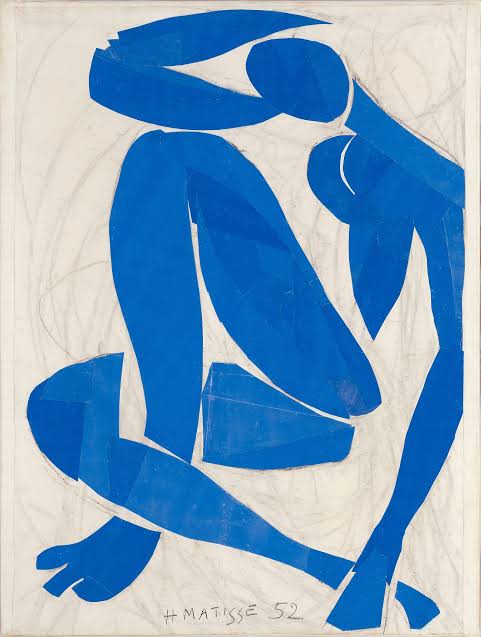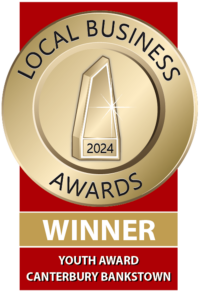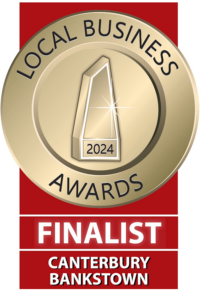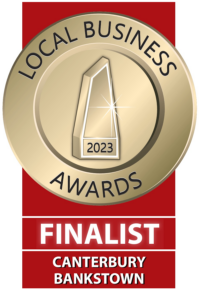
One of the biggest shifts I’ve noticed as a tutor is moving from explaining information at students to helping them discover it themselves. At first, I thought good tutoring meant being the source of all the answers. Over time, I’ve realized it’s often about asking the right questions.
When students struggle with a concept — whether it’s analyzing a poem or solving an equation — their first instinct is usually to ask, “Can you just tell me the answer?” And it’s tempting to do that. But when I pause and instead ask a guiding question, something changes.
Questions like, “What do you notice here?” or “What’s the first step you would take?” shift the session from passive to active. Students are forced to engage, even if they’re unsure. It’s often in those messy moments of trying, guessing, and correcting that real understanding is built.
I’ve also noticed that asking questions builds confidence. Students who are used to seeing school as a test of right and wrong start to see it more like a conversation they can participate in. Over time, they need less and less from me to get unstuck — because they’ve learned how to think, not just what to think.
In the world of tutoring, where every student’s needs are different, questions are the bridge. They personalize the learning, reveal misconceptions, and encourage growth. As tutors, we’re not just teaching content; we’re teaching curiosity. And sometimes, the best lessons start not with an answer, but with a question.
Daniel Aghmesheh









